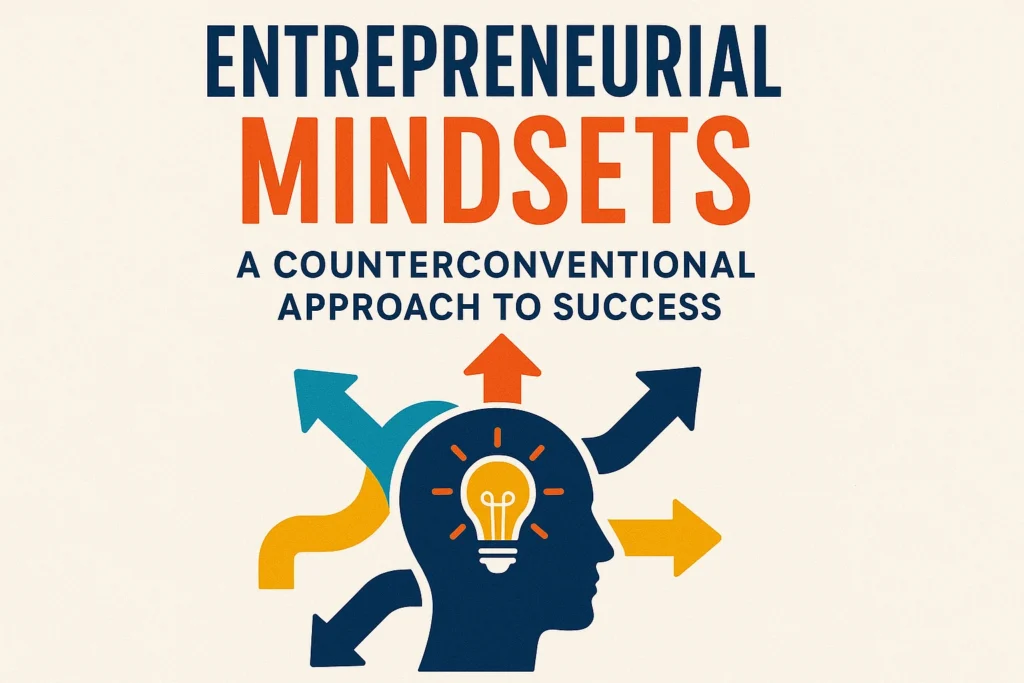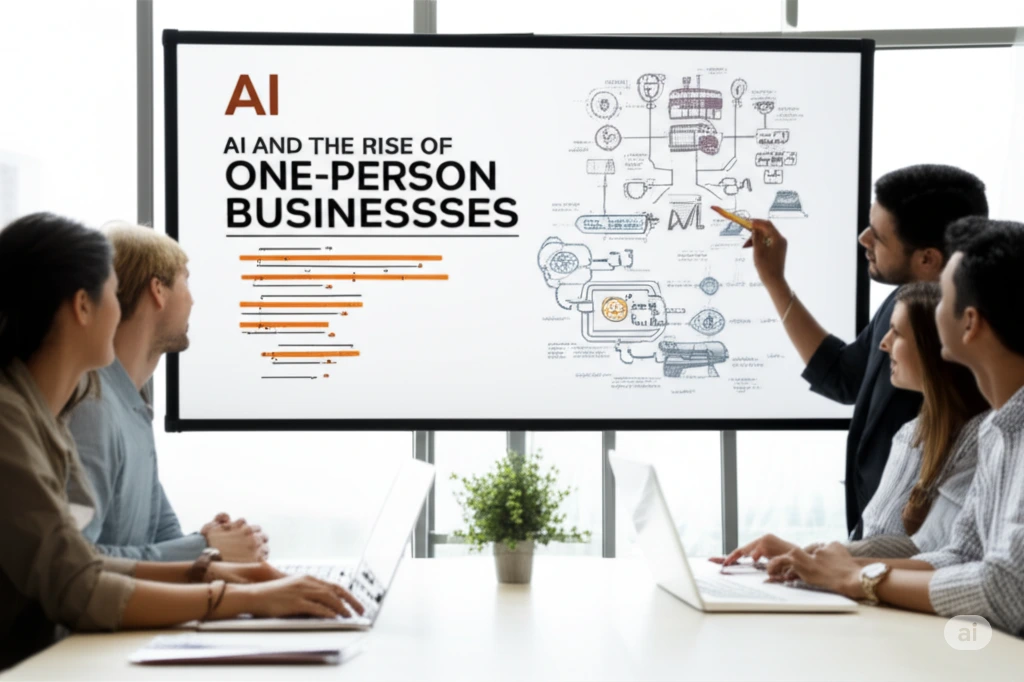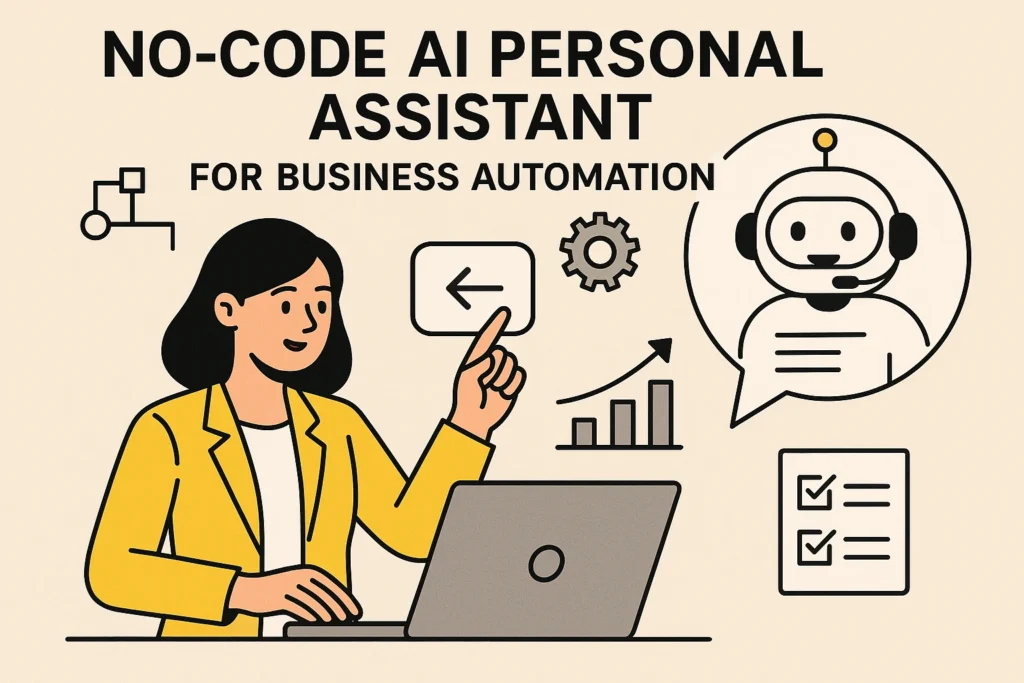Table of Contents
ToggleEntrepreneurial Mindsets: A Counterconventional Approach to Success

Entrepreneurial Mindsets: A Counterconventional Approach to Success
This document summarizes key entrepreneurial mindsets that run counter to traditional corporate "best practices".These mindsets, rather than conventional business school teachings, are crucial for identifying and capitalizing on opportunities.
I. The Nature of Entrepreneurial Mindsets
A mindset as the "attitudes, habits, thoughts, mental inclination which, when something comes our way, predetermines the response we make to that something that comes our way." For entrepreneurs, these "somethings" are opportunities. The core idea is that successful entrepreneurs adopt "counterconventional" approaches that defy established norms in large corporations and even business school curriculam.
A prime example is Lynda Weinman, who started Lynda.com as a "sandbox to play in" with new digital design tools. This seemingly small initiative grew into a business that was eventually sold to LinkedIn for $1.5 billion, embodying the "counterconventional mindsets of entrepreneurs."
II. The Six Counterconventional Mindsets
six specific mindsets:
- "Yes, We Can" (Disregarding Core Competencies)
Conventional Wisdom: Businesses should "stick to our knitting," focusing on and building upon their "core competencies." The response to requests outside these competencies is typically "No, I'm sorry, we don't do that around here."
Entrepreneurial Mindset: Entrepreneurs are willing to say "Yes, we can" even when a request falls outside their established expertise.
Example: Arnold Correia, founder of Atmo Digital, repeatedly reinvented his business by agreeing to customer requests that extended beyond his existing services. He built satellite uplinks despite knowing "nothing about satellite technology" and later implemented in-store advertising systems, fundamentally changing his business four times over.
- "Problem-First, Not Product-First Logic"
Conventional Wisdom: Big companies often focus on product iterations and "new, improved" versions of existing products (e.g., different flavors of Coke, slight changes to detergent formulations).
Entrepreneurial Mindset: Entrepreneurs prioritize identifying and solving problems, rather than starting with a product and trying to find a market for it.
Example: Jonathan Thorne developed a new silver-nickel alloy. Instead of focusing on the product, he sought a problem it could solve. He found that surgical forceps stick to human tissue, creating a significant issue for surgeons, especially neurosurgeons where precision is paramount. By focusing on solving this "bigger problem," he built a successful business sold to Stryker.
- "Think Narrow, Not Broad" (Target Market)
Conventional Wisdom: Large companies seek broad target markets to "move the needle" and justify substantial investments.
Entrepreneurial Mindset: Entrepreneurs often find success by focusing on a very specific, narrow target market with a defined problem.
Example: Philip Knight and Bill Bowerman founded Nike to address the specific problem faced by "distance runners, especially elite distance runners" – existing shoes were designed for sprinters and caused injuries on uneven terrain. They developed shoes with "better lateral stability, a wider footbed... and a little more cushioning." This narrow focus allowed them to master shoe design and import, eventually expanding to broader athletic markets.
- "Asking for the Cash, and Riding the Float" (Funding Strategy)
Conventional Wisdom: Large companies often have abundant cash and sometimes struggle to find productive investments for it.
Entrepreneurial Mindset: Entrepreneurs understand that "cash is the lifeblood of the entrepreneurial venture" and actively seek to secure cash upfront.
Example: Tesla, under Elon Musk, implemented a strategy of selling cars and collecting deposits before production. They sold 100 Roadsters for $100,000 each, generating "$10 million US dollars in the bank, in cash, before they had built Roadster number one." Similarly, for the Model 3, "nearly half a million consumers put down deposits of 1,000 dollars each," yielding "half a billion dollars, in the bank, in cash, with which to begin doing the engineering, build the tooling, fit out the factory and more."
- "Beg, Borrow, But Please, Please Don’t Steal" (Leveraging Assets)
Conventional Wisdom: Traditional finance teaches analyzing projects based on investment required and projected cash flow to determine ROI. This often implies acquiring all necessary assets.
Entrepreneurial Mindset: Entrepreneurs creatively "borrow" or leverage assets from others to minimize upfront investment.
Example: Tristram and Rebecca Mayhew, founders of Go Ape (a treetop adventure business), partnered with the UK Forestry Commission. Instead of buying land and trees, they secured an agreement to use the Commission's existing trees and facilities (parking lots, loos), effectively "borrowing most of the assets they needed." They only had to provide their specialized equipment for the courses.
"Don't Ask Permission" (Navigating Regulations and Norms)
Conventional Wisdom: In large companies, new and innovative ideas must pass through legal review due to regulations and risk aversion, often leading to delays or outright rejections.
Entrepreneurial Mindset: Entrepreneurs often proceed without seeking explicit permission, particularly when regulations are ambiguous or haven't caught up with new possibilities.
Example: Travis Kalanick and Garrett Camp, founders of Uber, understood that asking "the San Francisco regulators... 'Can we start a taxi company without any taxis?'" would likely result in a "no." Instead, they "just get on with it," pushing boundaries where regulations are unclear or have not yet considered digitally enabled business models. While Mullins cautions against unethical or illegal actions, he emphasizes the principle of proceeding when the path isn't explicitly forbidden.
III. Conclusion
Rise of Agentic concludes by encouraging individuals to reflect on which of these "counterconventional, break-the-rules mindsets" they already embody, which they can learn, and how they might apply them to overcome current challenges and foster innovation, whether personally or within their organizations and Suggests these mindsets are "learnable" and can help anyone "change the world."
The Counterconventional Entrepreneur
Frequently Asked Questions about Unconventional Mindsets for Success


